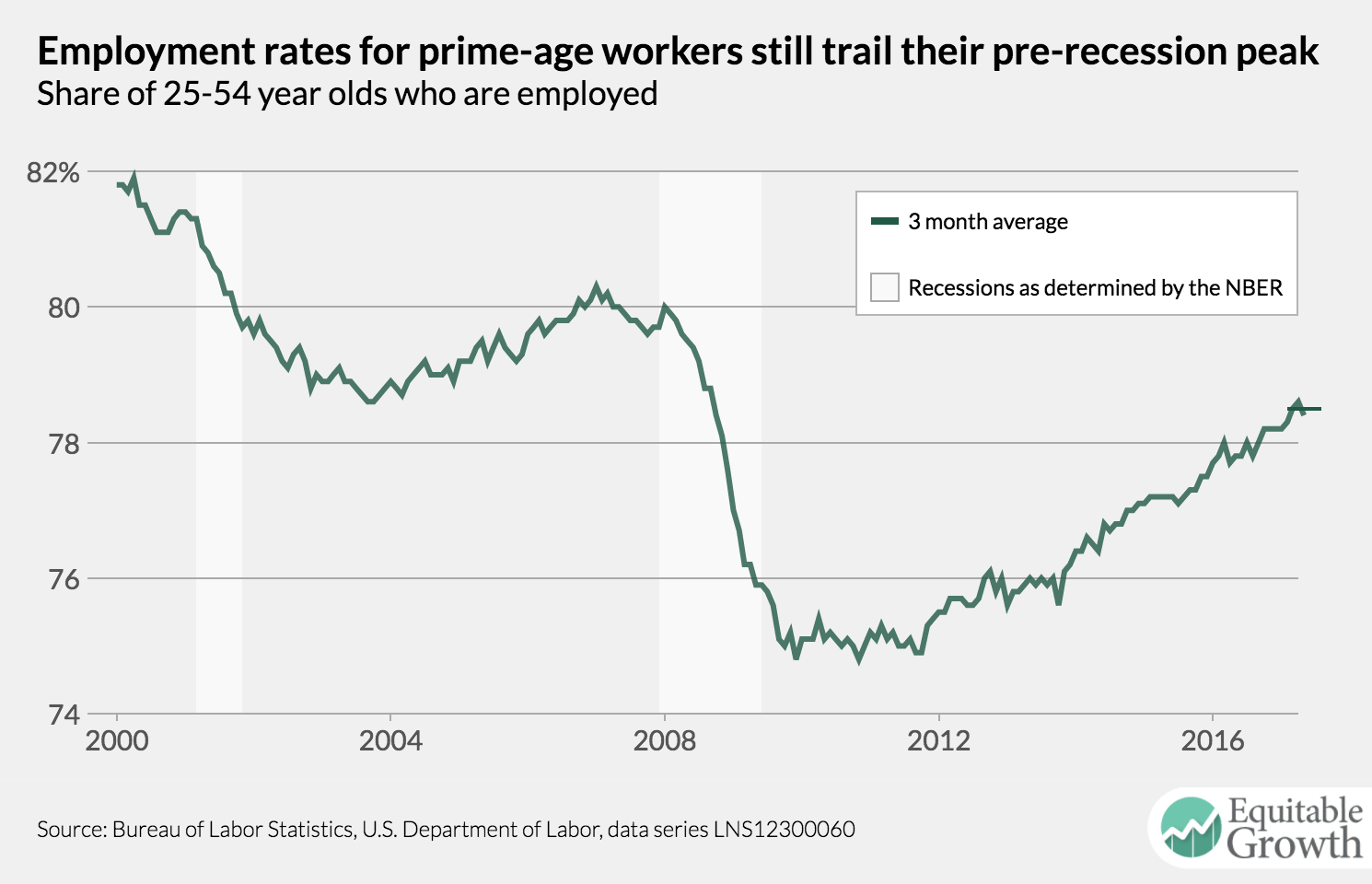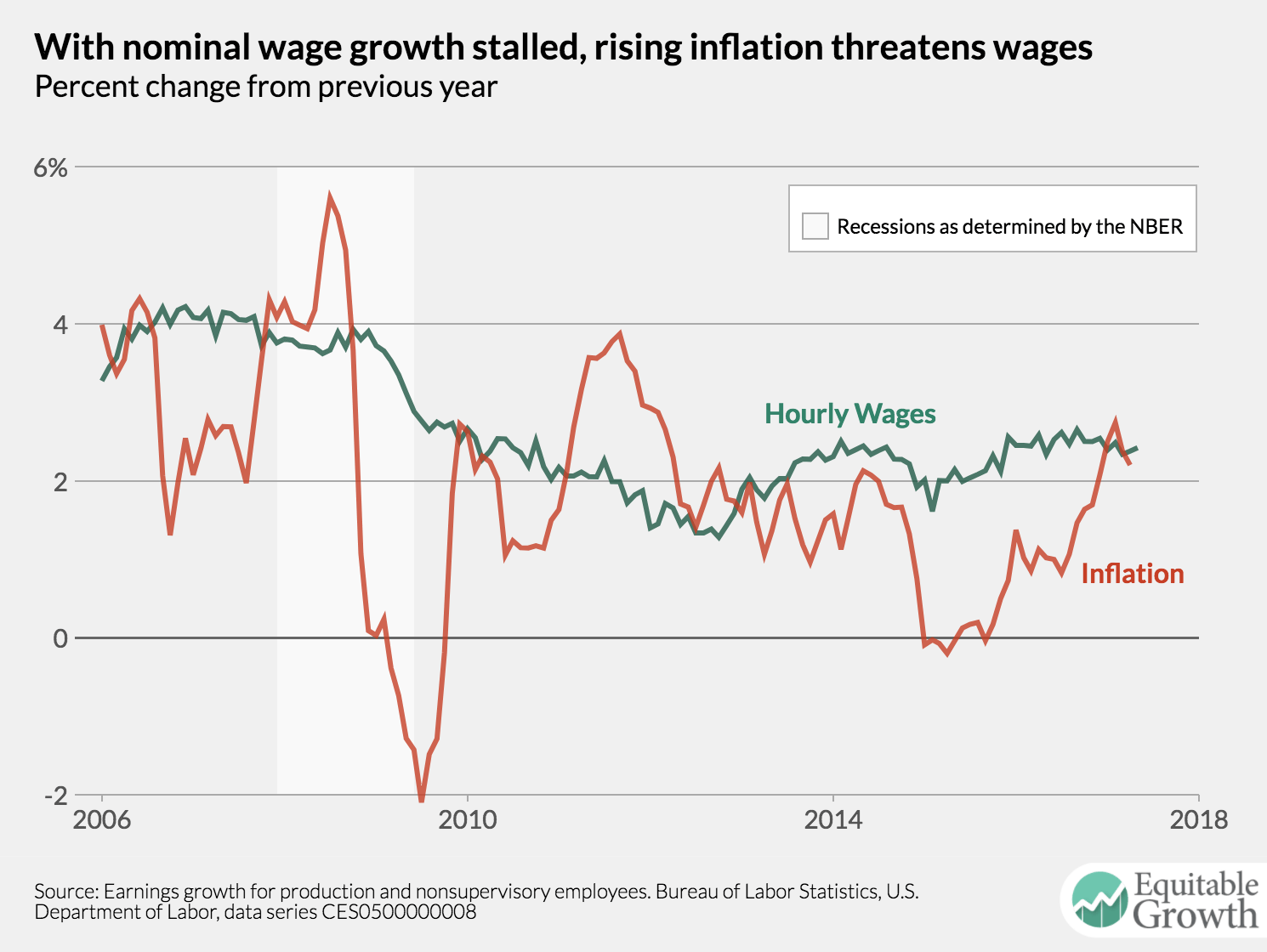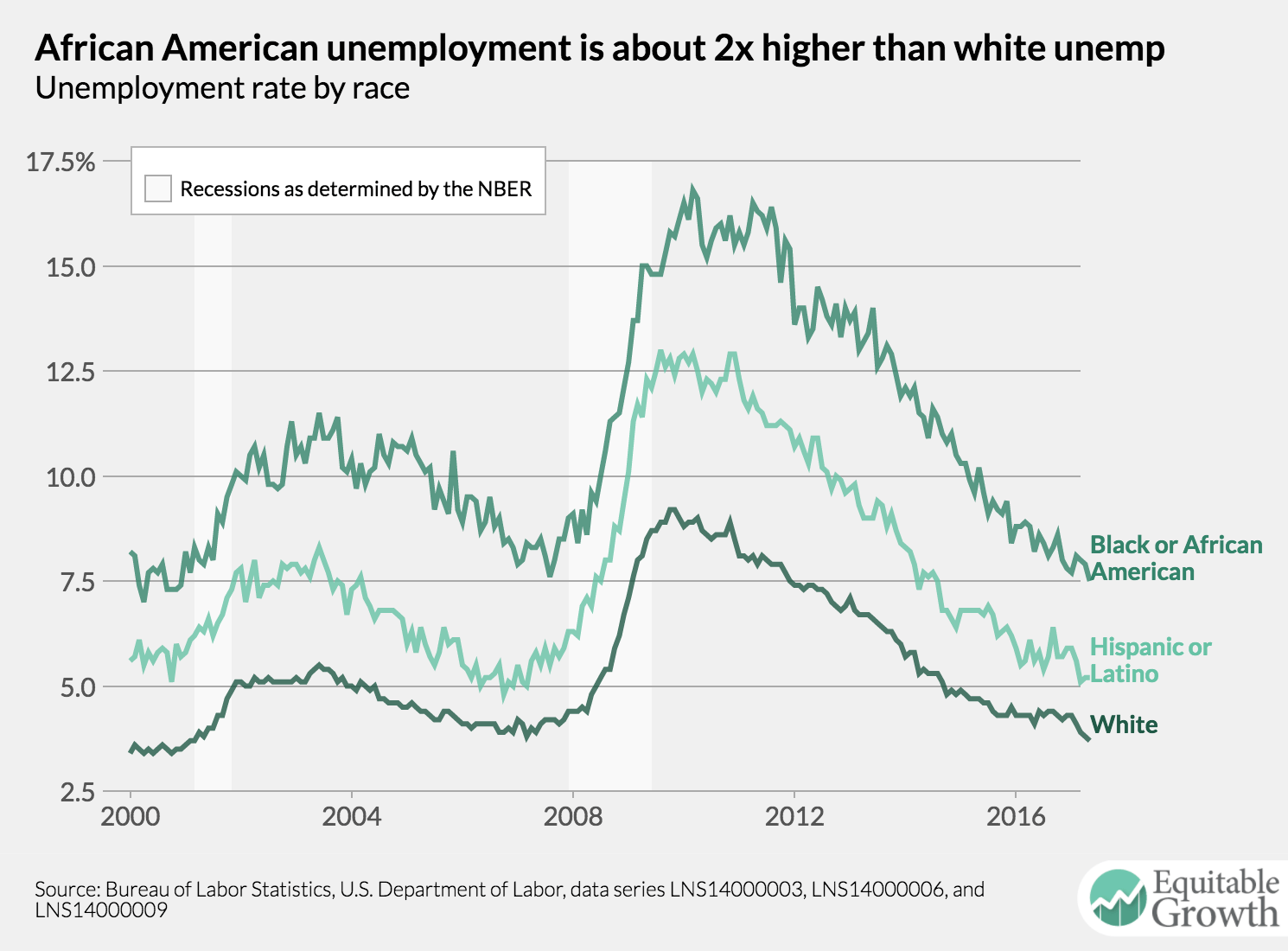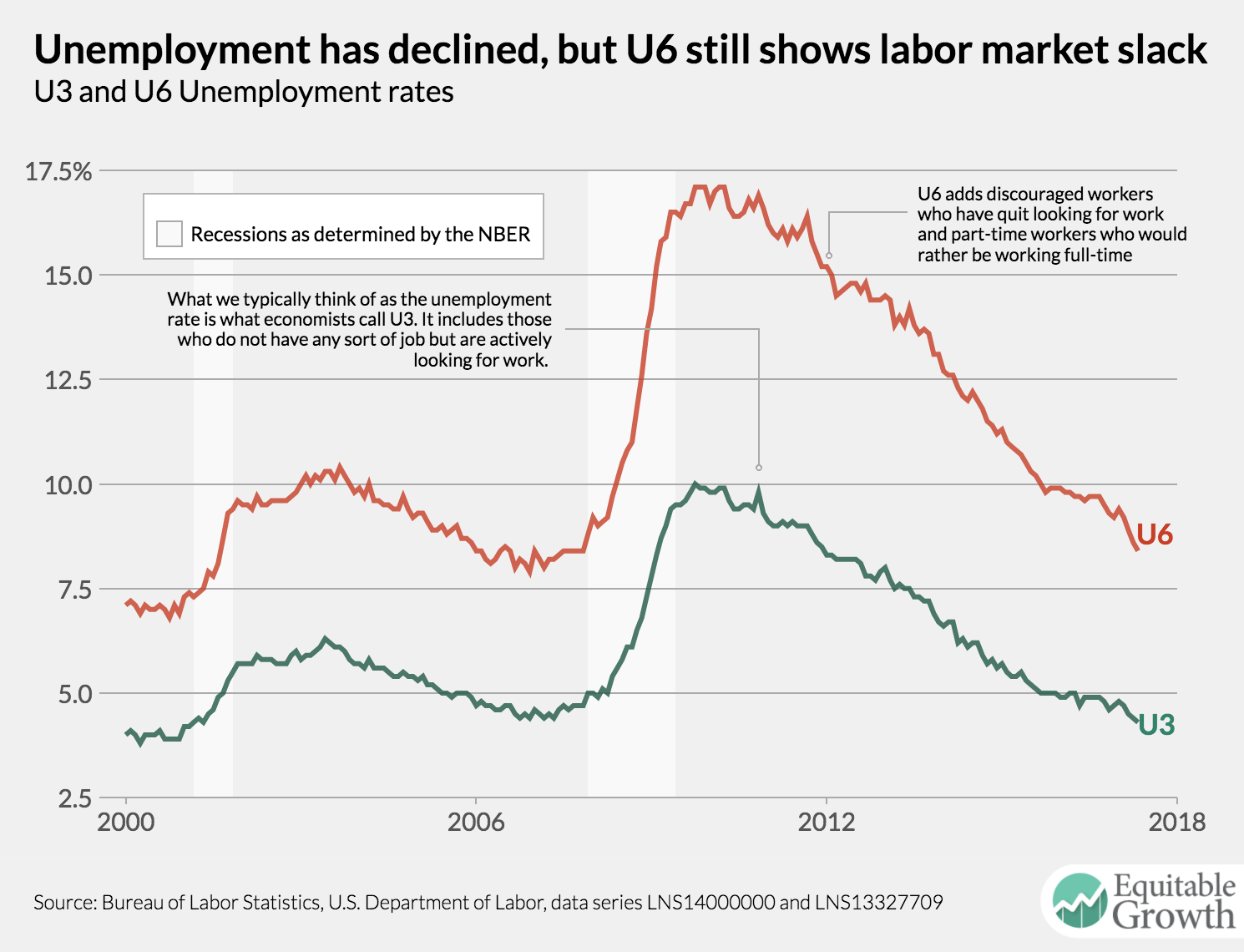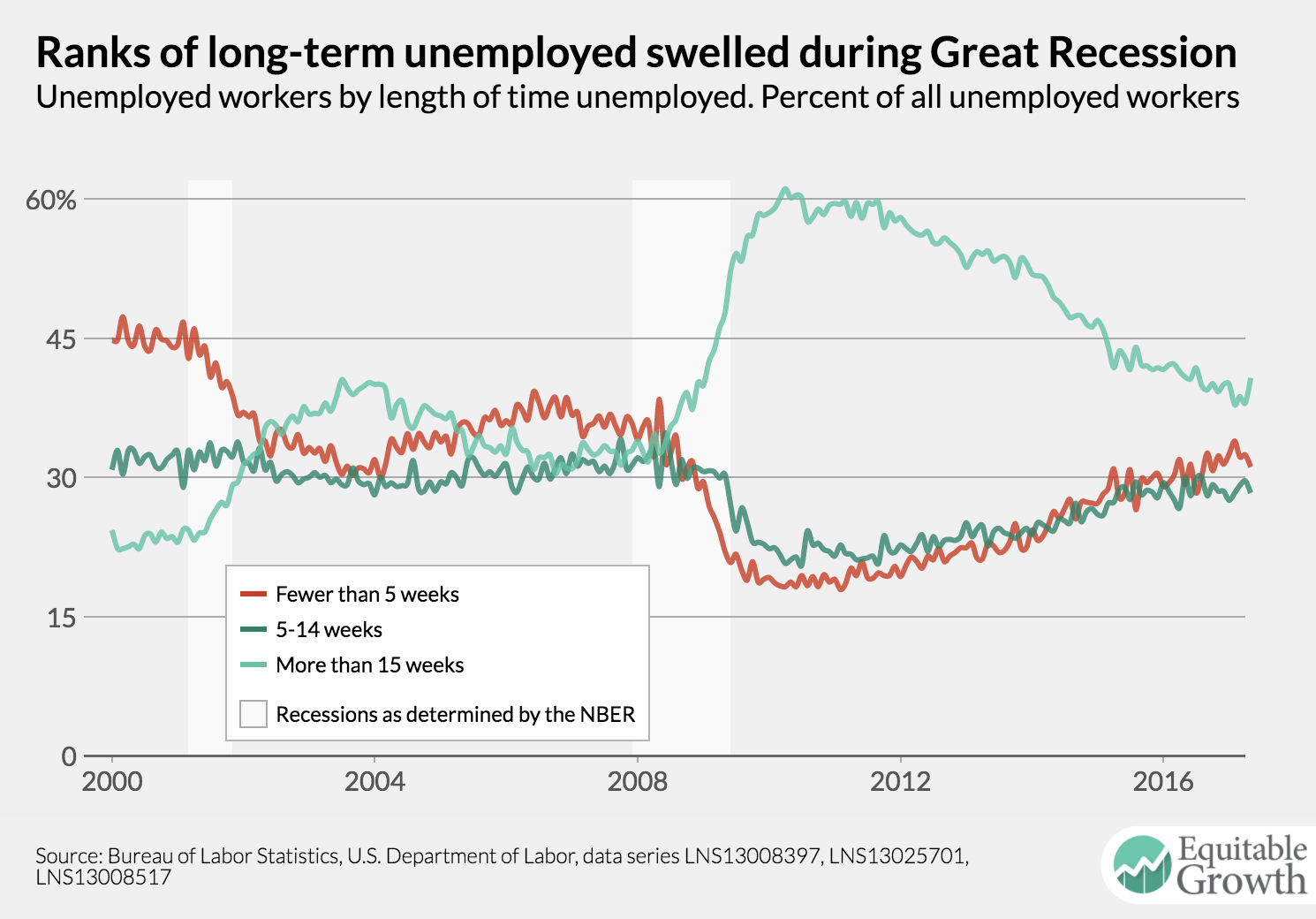I do not believe that the very sharp Branko Milanovic ever studied George Kennan’s “Long Telegram”: his 8000-word message in 1946 back from Moscow, where he was then U.S. ambassador, to the State Department in Washington.
In Kennan’s view, what was required was containment. And, indeed, containment was the keystone, indeed the whole arch, of U.S. policy from 1946 all the way up to 1989. Remember that really-existing socialism—Soviet communism—is attractive only to those who do not have to live under it. Remember to keep the competition on the economic, personal freedom, and ideological levels, using force only to preserve post-WWII boundaries and limits. Remember that we have the better system—in choosing leaders, in deciding on policies, in guiding economic growth. And if, when the competition is carried out on the economic, personal freedom, and ideological levels, it turns out that we do not have the better system? Then, as Kennan wrote:
The issue of Soviet-American relations is in essence a test of the overall worth of the United States… [which] need only measure up to its own best traditions…. Surely, there was never a fairer test of national quality than this…. The thoughtful observer… will find no cause for complaint in the Kremlin’s challenge to American society…
George Kennan (1946): The Sources of Soviet Conduct: “The main element of any United States policy toward the Soviet Union must be that of long-term, patient but firm and vigilant containment… http://www.historyguide.org/europe/kennan.html
…It is a sine qua non of successful dealing with Russia that the foreign government in question should remain at all times cool and collected and that its demands on Russian policy should be put forward in such a manner as to leave the way open for a compliance not too detrimental to Russian prestige…. Soviet pressure against the free institutions of the western world is something that can be contained by the adroit and vigilant application of counter-force at a series of constantly shifting geographical and political points, corresponding to the shifts and maneuvers of Soviet policy, but which cannot be charmed or talked out of existence. The Russians look forward to a duel of infinite duration, and they see that already they have scored great successes….
But if the ideology convinces the rulers of Russia that truth is on their side and they they can therefore afford to wait, those of us on whom that ideology has no claim are free to examine objectively the validity of that premise…. Suppose that the western world finds the strength and resourcefulness to contain Soviet power…. What does that spell for Russia itself?…
The Kremlin has… proved able to accomplish its purpose of building up Russia… [but] both the maintenance of internal political security and the building of heavy industry has been carried out at a terrible cost in human life and in human hopes and energies… involved the neglect or abuse of… particularly agriculture, consumers’ goods production, housing and transportation…. There are limits to the physical and nervous strength of people themselves. These limits are absolute ones, and are binding even for the cruelest dictatorship…. Soviet economic development, while it can list certain formidable achievements, has been precariously spotty and uneven. Russian Communists who speak of the “uneven development of capitalism” should blush at the contemplation of their own national economy….
It is difficult to see how these deficiencies can be corrected at an early date by a tired and dispirited population working largely under the shadow of fear and compulsion. And as long as they are not overcome, Russia will remain economically as vulnerable, and in a certain sense an impotent, nation, capable of exporting its enthusiasms and of radiating the strange charm of its primitive political vitality but unable to back up those articles of export by the real evidences of material power and prosperity.
Meanwhile, a great uncertainty hangs over the political life of the Soviet Union. That is the uncertainty involved in the transfer of power from one individual or group of individuals to others. This is, of course, outstandingly the problem of the personal position of Stalin…. It is always possible that another transfer of pre-eminent power may take place quietly and inconspicuously, with no repercussions anywhere. But again, it is possible that the questions involved may unleash, to use some of Lenin’s words, one of those “incredibly swift transitions” from “delicate deceit” to “wild violence” which characterize Russian history, and may shake Soviet power to its foundations…. This is not only a question of Stalin himself. There has been, since 1938, a dangerous congealment of political life in the higher circles of Soviet power….
It is curious to note that the ideological power of Soviet authority is strongest today in areas beyond the frontiers of Russia, beyond the reach of its police power. This phenomenon brings to mind a comparison used by Thomas Mann in his great novel Buddenbrooks. Observing that human institutions often show the greatest outward brilliance at a moment when inner decay is in reality farthest advanced, he compared one of those stars whose light shines most brightly on this world when in reality it has long since ceased to exist. And who can say with assurance that the strong light still cast by the Kremlin on the dissatisfied peoples of the western world is not the powerful afterglow of a constellation which is in actuality on the wane? This cannot be proved. And it cannot be disproved. But the possibility remains (and in the opinion of this writer it is a strong one) that Soviet power, like the capitalist world of its conception, bears within it the seeds of its own decay, and that the sprouting of these seeds is well advanced….
The possibilities for American policy are by no means limited to holding the line and hoping for the best…. The United States can create among the peoples of the world generally the impression of a country which knows what it wants, which is coping successfully with the problem of its internal life and with the responsibilities of a World Power, and which has a spiritual vitality capable of holding its own…. The palsied decrepitude of the capitalist world is the keystone of Communist philosophy. Even the failure of the United States to experience the early economic depression which the ravens of the Red Square have been predicting with such complacent confidence since hostilities ceased would have deep and important repercussions throughout the Communist world…. The issue of Soviet-American relations is in essence a test of the overall worth of the United States as a nation among nations. To avoid destruction the United States need only measure up to its own best traditions and prove itself worthy of preservation as a great nation. Surely, there was never a fairer test of national quality than this. In the light of these circumstances, the thoughtful observer of Russian-American relations will find no cause for complaint in the Kremlin’s challenge to American society…
Nikita Sergeyevich Khrushchev took up this gauge ten years later:
Nikita Sergeyevich Khrushchev (1956): “Whether you like it or not, history is on our side. We will bury you.”
Nikita Sergeyevich Khrushchev (1959): “The expression I used was distorted, and on purpose…
…what was meant was not the physical burial of any people but the question of the historical force of development. It is well known that at the present time no one social or economic system is dominant throughout the world, but that there are different systems, social systems in different countries. And those systems change. At one time the most widespread system of society in the world was feudalism. Then capitalism took its place….
We believe that Karl Marx, Engels and Lenin gave scientific proof of the fact that the system, the social system of socialism, would take the place of capitalism.… That is why I said that looking at the matter from the historical point of view, socialism, communism, would take the place of capitalism and capitalism thereby would be, so to speak, buried…
Nikita Sergeyevich Khrushchev (1963): “I once said, ‘We will bury you,’ and I got into trouble with it. Of course we will not bury you with a shovel. Your own working class will bury you…
Thus Branko does not understand how the post-World War II Cold War era looked from the perspective of the United States. From the U.S. perspective the important thing was to keep the (nuclear) piece and make sure that decisions were reached by speeches and majority votes, not by iron and blood. And from the U.S. perspective the U.S.S.R. was another inhumane authoritarian government with two particular characteristics; a more dysfunctional than usual economy, and an alliance with a strange eschatological messianic quasi-religious cult. The cult made it more dangerous to the world. Its economic inefficiency made it less dangerous. Those balanced out.
Yet Branko can write:
Branko Milanovic: The Hidden Dangers of Fukuyama-Like Triumphalism http://glineq.blogspot.com/2017/05/the-hidden-dangers-of-fukuyama-like.html “Deeply divided between the democratic and Communist factions…
…The former eventually prevailed but after having to keep in check, often by very brutal and undemocratic means, one-quarter of the electorate in France and Italy, large organized trade unions linked with communist and socialist parties in most of Continental Europe, all the while supporting capitalist dictatorial regimes in most of the Mediterranean Europe and in places… far away… fighting innumerable colonialist and post-colonialist wars… support[ing] the “bad” guys…. “Liberal democracy” was in a continual crisis, fighting for its mere survival…. It… survived, not because everybody, as the triumphalist narrative would have it, saw that it was a more “natural” system but because it used power and intimidation on the one hand, and superior economic performance for the masses on the other…
For those of us whose Kronstadt was Lenin’s armed thugs dissolving the elected Constituent Assembly in Petrograd at the end of 1917, claims that liberal democratic capitalism’s Cold War victory over communism was in some sense unfair because it used “power and intimidation” leaves us rolling on the floor and laughter. And the last clause “superior economic performance for the masses” gives away the game, no? Any societal system that must point to Josip Broz Tito as its most successful leader is truly in very deep trouble at so many levels.
And I think Branko simply gets it wrong when he writes: “In 1945, the chances of democratic capitalism winning over the Soviet system were 10% (read Schumpeter)…” Schumpeter’s Capitalism, Socialism, and Democracy is an interesting book. But at the core Schumpeter’s argument is the false argument you hear at the American Enterprise Institute: that political majorities will vote for high taxes on job-creators and burdensome regulations on businesses; thus they will strangle entrepreneurship with red tape of bureaucracy, and then socialism will win by pointing out that the entrepreneurial capitalism it has strangled with red tape is not delivering proper growth. That Schumpeter thought that capitalism was creating its own gravediggers—not in the form of an immiserized working class but of a new class of intellectuals hostile to entrepreneurship and an electoral majority of losers, moochers, and takers—does not mean that that was true, even in 1945.
And I think Branko gets it wrong when he write: “In 1965, they were 30% (read Samuelson, Galbraith and Tinbergen)…” Tinbergen and Galbraith saw not victory but rather convergence—communist countries would move toward a role for the price system and toward some form of representative political institutions, while liberal democracies would move toward larger welfare states and more public services. Samuelson saw a future in which the communist countries would be rich because of the suppression of household consumption: high savings rates and thus high capital-output ratios would produce greater GDP per capita even with central-planning inefficiencies. But communist societies would not be good societies.
And when we get to “in 1975, they were 60%…”, I still do not see what Branko sees. Lenin had had his lovers. Stalin had had his stooges. Castro had had his cadres. Mao had had his masses. But who by 1975 living in Russia or China or Cuba thought they lived in a good system? And who outside in 1975 found Leonid Brezhnev or Hua Guofeng or even Fidel Castro an attractive figure.
Branko gets back on track when he write:
When you have in your mind this (I think) much more accurate narrative of the past half-century, the current crisis can only be seen as one of the many crises of capitalism…
That is a much more defensible position. But right now I am playing with the idea that it is not a new crisis, but rather it is in some sense the same old crisis as we saw in the 1930s, the 1920s, or—indeed—with the post-Boer War khaki election and then the strange death of liberal England before WWI. I am playing with the idea that Frank Fukuyama got it wrong when he wrote:
Francis Fukuyama (1989): The End of History? https://ps321.community.uaf.edu/files/2012/10/Fukuyama-End-of-history-article.pdf: “Fascism was destroyed as a living ideology by World War II…
…a defeat… on a very material level… [and] of the idea as well…. Expansionist ultranationalism, with its promise of unending conflict leading to disastrous military defeat, had completely lost its appeal. The ruins of the Reich chancellory as well as the atomic bombs dropped on Hiroshima and Nagasaki killed this ideology on the level of consciousness as well as materially, and all of the proto-fascist movements spawned by the German and Japanese examples like the Peronist movement in Argentina or Subhas Chandra Bose’s Indian National Army withered after the war…
Thinking clearly about this is, I think, greatly hindered by references to “populism” rather than by calling it what it is: “neo-fascism”, if you insist on not using the full F-word. (The real populists of the late nineteenth century were something very different.) But what is really going on is that Frank was wrong when he said that this ideology had been “killed… on the level of consciousness”, wasn’t he?

